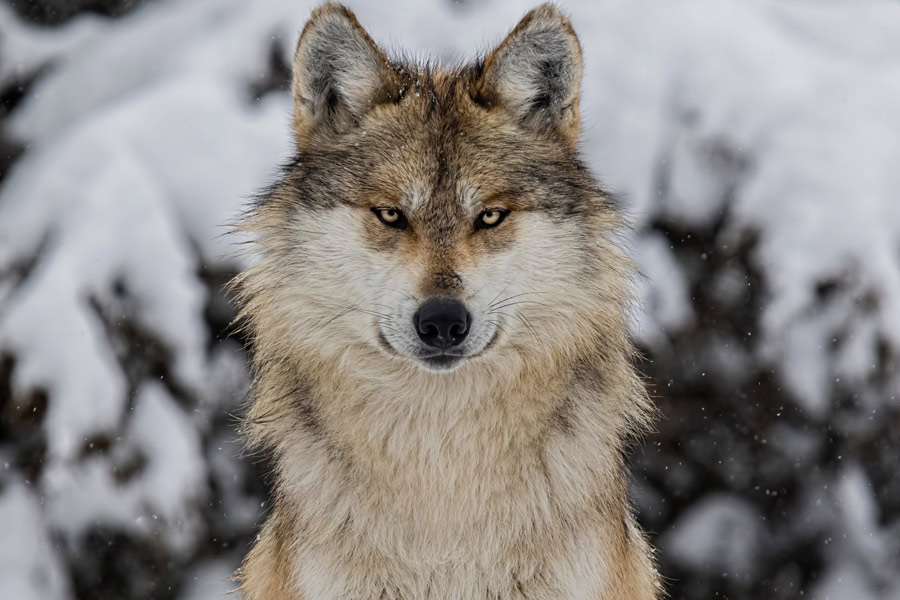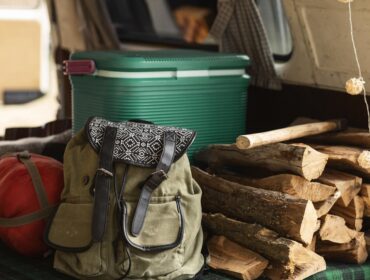It’s said that every species is interdependent on one another in order to survive. This statement is absolutely true since every species is literally a part of the food chain. One of the harshest environments to survive in is undoubtedly the vast frozen wilderness of the Arctic. In spite of its brutal accommodations, it plays host to several animals as well as plant life. Many various symbiotic relationships (involvement of two organisms) can be seen in the Arctic. These relationships can be commensalistic, parasitic, or mutual in nature. Symbiotic relationships are a natural and necessary function of our planet – without them, nothing would survive.
Commensalism

The Arctic isn’t the friendliest environment for vegetation to grow, which is why the animals of that environment have limited options regarding food. The caribou eat lichens when the temperature gets super cold. Often, it’s the only available food they have, but does provide them with nourishing carbohydrates for heat and energy. The arctic fox instinctively knows to follow the caribou since the caribou helps the fox get its food as well by unintentionally digging up subnivean mammals as it finds its own food to eat. This is a true example of symbiotic relationships.
Parasitism

Parasitism is another instance of symbiotic relationships. This is the relationship between two organisms in which one of them benefits while the other loses out in the relationship. Indeed, even the Arctic has parasitism. Typically, it’s in the form of a liver tapeworm cyst. These organisms are prone to live and thrive in the bodies of various animals including wolves, caribou, polar bears, and moose. They feed on the food the animal eats, and as a result, the animal develops malnutrition.
Mutualism

Mutualism is a relationship where two organisms benefit from one another. A typical example of this is in the case of lichens. Lichen consists of green alga and fungus. The alga is naturally photosynthetic and therefore able to transform carbon dioxide into the sugar that fungus feeds on. Meanwhile, the fungal counterpart helps protect the alga by getting minerals from substrate and retaining water. As a result, the green alga and the fungus both benefit from their relationship.
Featured Image from Jonatan Pie/Unsplash




